Our Services
In the field of international trade logistics, we possess professional and diversified transportation channels, enabling us to successfully complete the international logistics transportation of both branded and replica brand products. However, given the vastly different characteristics of these two types of products, understanding them is crucial to ensuring a smooth transportation process.
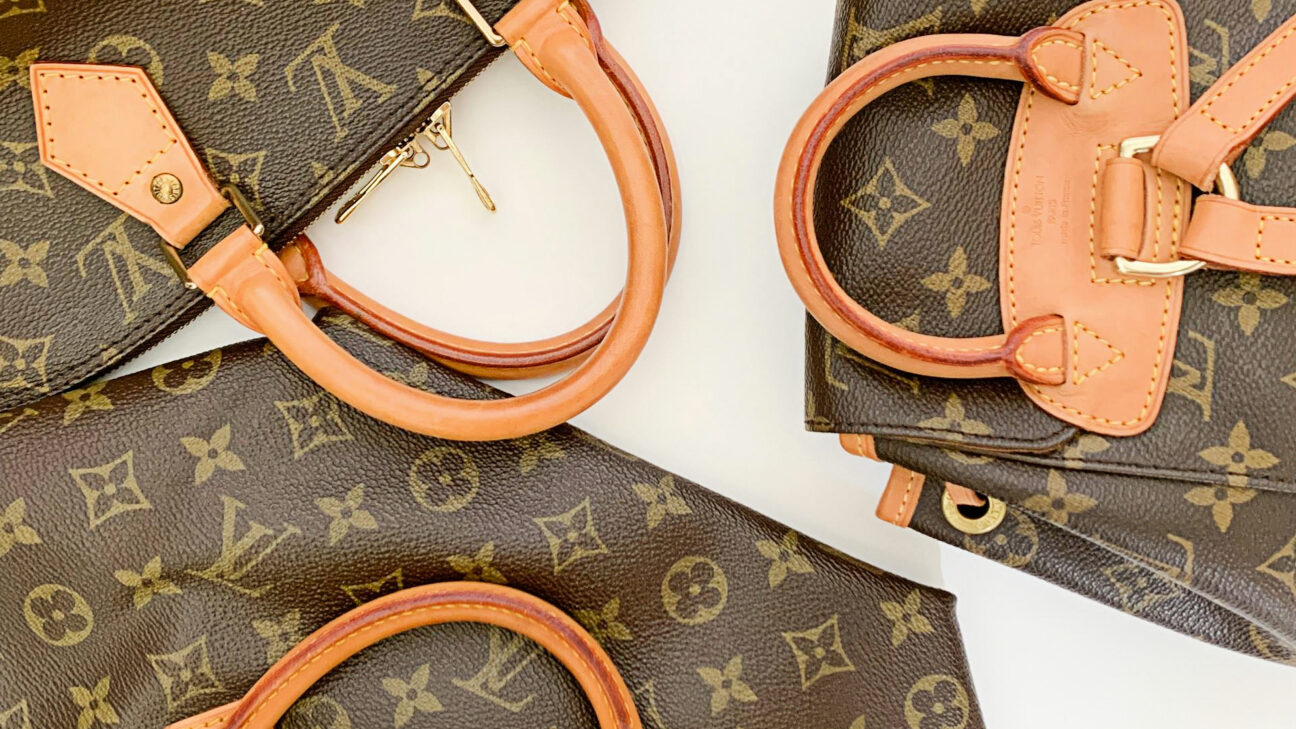
Definitions of Branded and Replica Products
Branded Products:
These are products developed, designed, and manufactured with substantial resources by well-known enterprises or brand owners, and then promoted through effective marketing strategies to achieve high visibility and reputation. Such products incorporate advanced technologies, are of reliable quality, possess unique brand identifiers, and can consistently provide consumers with stable and excellent usage experiences, enjoying high distinguishability and competitiveness in the market.


Replica Products:
These refer to products that imitate the appearance, packaging, trademarks, or even some functional features of branded products, usually without obtaining legal authorization from the brand owners. Compared with branded products, they lag behind in terms of craftsmanship precision, material selection, and performance stability. However, due to price advantages or following market trends, they have a certain circulation volume in some trade scenarios.
Difficulties and Restrictions in International Logistics Transportation
Branded Products:
Strict Authorization and Certification Requirements: When transporting branded products, formal authorization documents issued by the brand owner, such as sales permits and distribution agreements, are essential. Without these, customs may detain the goods. Meanwhile, various product certification standards of the destination country, such as the CE certification in the European Union and the UL certification in the United States, must be met; otherwise, customs clearance will be blocked, delaying delivery.
Complex Market Supervision: To safeguard the market order, countries impose meticulous supervision on the import and export of branded products. Some countries may set import quotas or require additional submission of quality inspection reports and other documents, increasing the complexity and cost of logistics.


Replica Products:
High Inspection Risk: Customs and law enforcement agencies pay close attention to replica products and conduct strict inspections using technologies such as X-ray scanning and trademark comparison. Replica products are prone to random inspections throughout the transportation process. Once detected, they will be detained, delaying the transportation progress.
Risk of Prosecution by Brand Owners: Even if replica products escape customs interception during transportation, once discovered and pursued by the brand owner after arriving at the destination country, the goods may be seized and destroyed, triggering commercial disputes and causing losses to logistics enterprises.
Key Points for Transportation Operations
Branded Products:
Obtain Legal Authorization: Establish a formal cooperation relationship with the brand owner to obtain comprehensive authorization documents, clearly stating the scope and duration of authorization. These documents should be readily available to present to customs during transportation to prove the legality of the goods.
Comply with Certification Standards: Thoroughly research the quality, safety, and environmental protection certification requirements of the destination country in advance and apply for relevant certifications as needed to ensure compliance with local market access thresholds and avoid customs clearance obstacles.
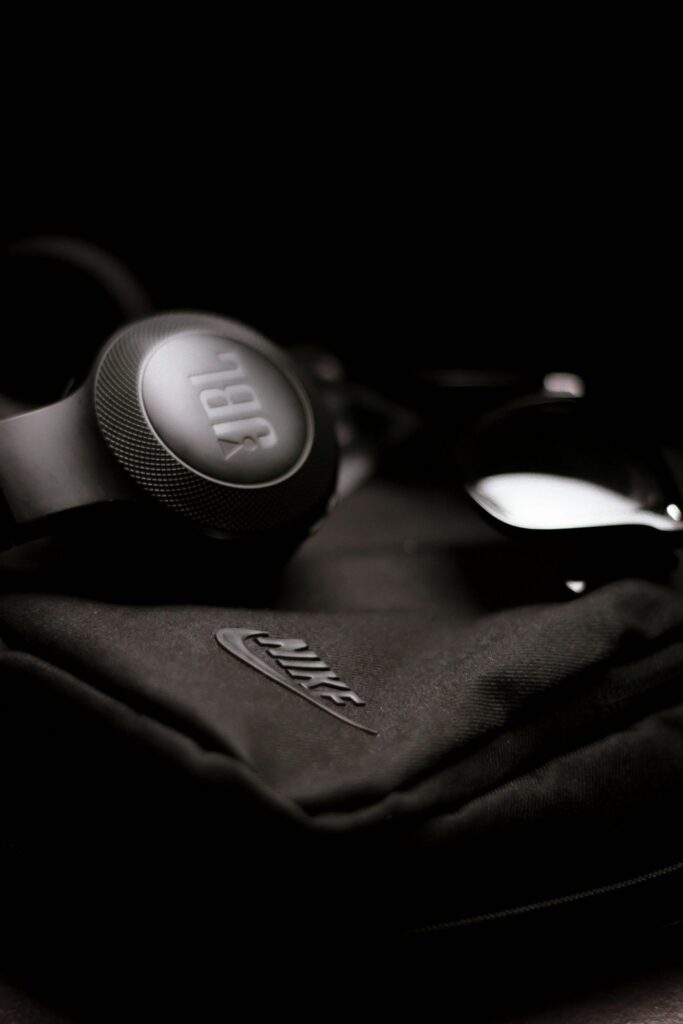
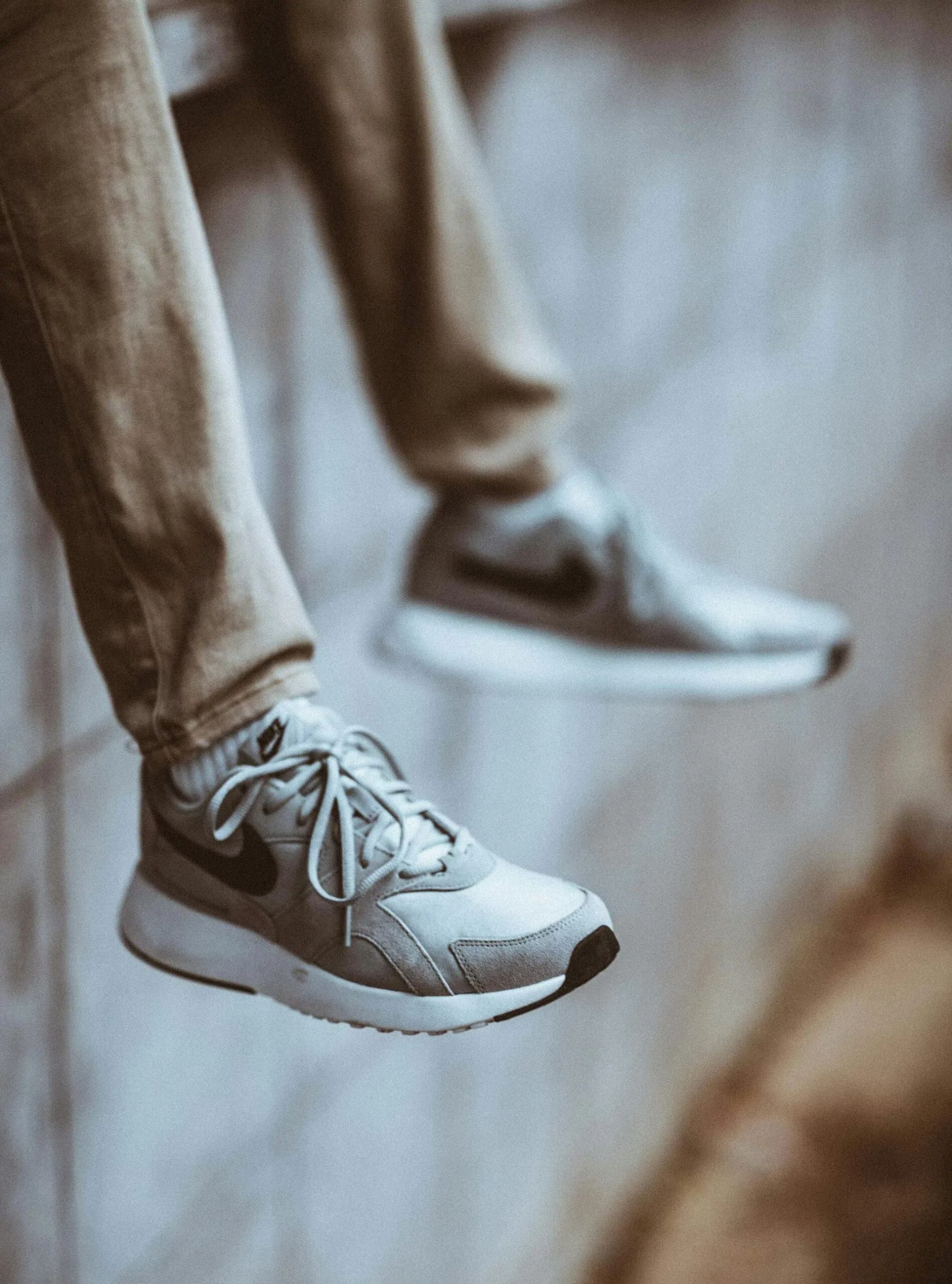
Replica Products:
Cautious Packaging: Select appropriate packaging materials to ensure that the products are not damaged during transportation and to avoid exposing replica features due to improper packaging. However, it should be noted that the packaging should not overly imitate the original packaging of branded products to prevent infringement risks.
Low-Profile Transportation: Avoid highlighting replica information in transportation documents and cargo markings to reduce the likelihood of inspection. Try to choose relatively relaxed transportation routes and time periods to minimize risks.
Introduction to Transportation Modes
Air Freight:
Advantages: It’s speedy and time-critical, ideal for high-value, small-batch products that are highly sensitive to market launch timings, such as the latest fashion collections and the initial releases of electronic gadgets.
Requirements:
Air Freight Dedicated Line: Offers door-to-door service with customs clearance and tax payment sorted. The inspection is relatively tight, necessitating the accuracy of cargo details and compliant packaging.
Air Freight Dedicated Line Parcels: Boasts strong flexibility, suitable for the swift transport of small-batch, high-value items. For unauthorized products, the small parcel size facilitates disguise, and precise declaration is a must.
International Express: Has an extensive delivery network. For authorized products, full documentation is required to cooperate with security checks and declarations. For unauthorized products, make use of the network to spread inspection risks and conduct elaborate disguises and precise declarations.
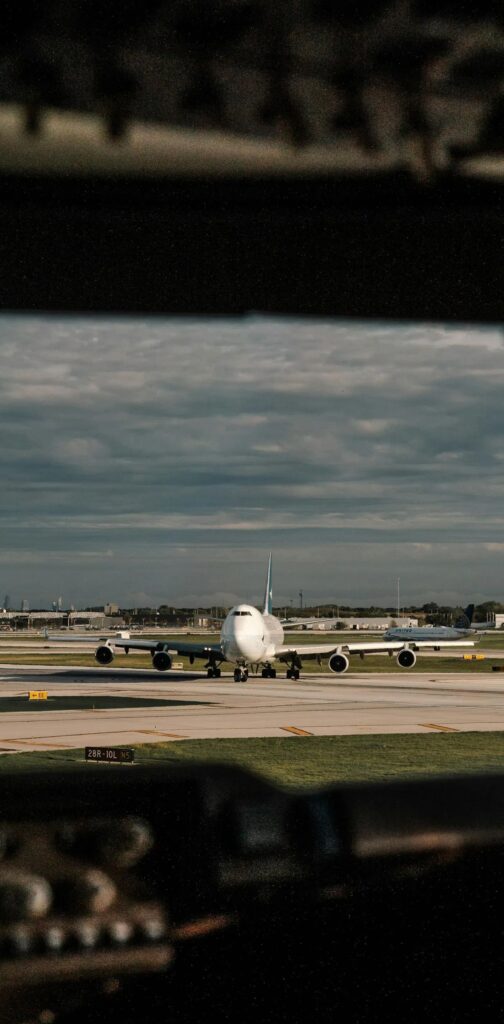
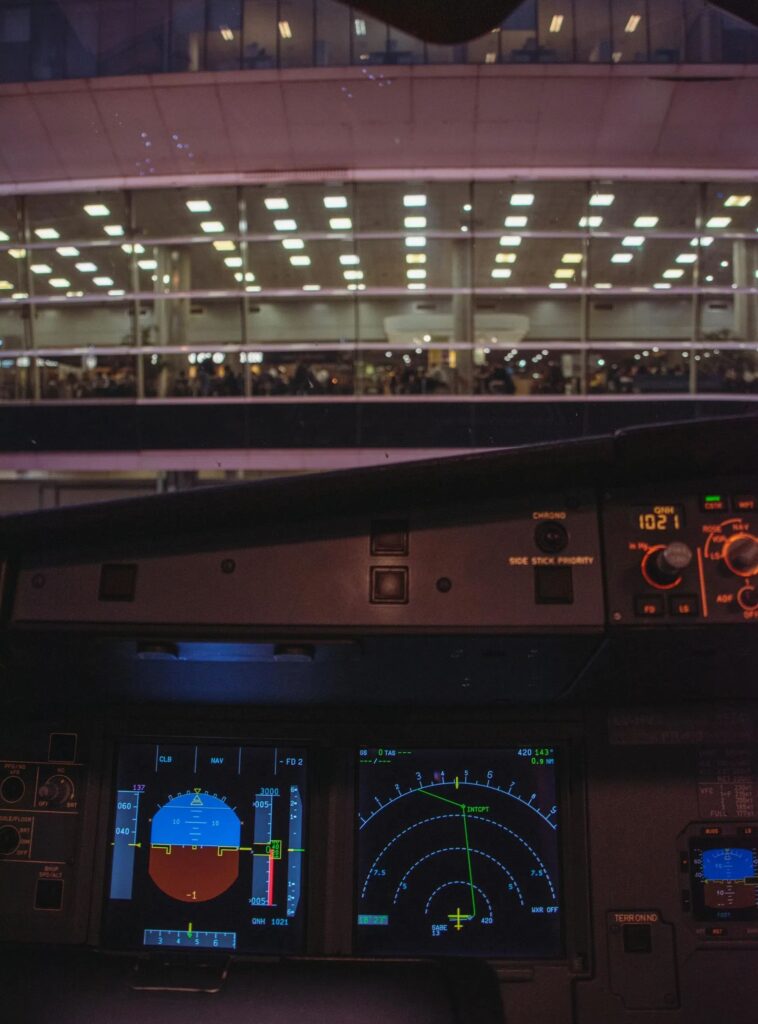
Considerations:
Legitimate Branded Products: While air freight is efficient, the process is convoluted, paperwork is voluminous, and costs are high. Enterprises need to make prior arrangements for supply chain adaptation to ensure smooth communication with airlines, precise packaging, and timely submission of documents for hitch-free transportation.
Unauthorized Products (Replica Category): Air freight inspections are stringent. When transporting such products, careful strategizing is essential, with concealed and precise maneuvers from packaging, declaration to actual shipping. Weigh the pros and cons meticulously to mitigate risks.
Sea Freight:
Advantages: It’s cost-efficient and perfect for the long-haul transport of large quantities of products.
Requirements:
Legitimate Branded Products: The packaging must adhere to international sea freight standards, and top-notch protective materials should be selected. Provide comprehensive cargo information to the shipping company in advance and collaborate with them to properly stow and segregate the cargo.
Unauthorized Products (Replica Category): Adequate camouflage is vital, make vague declarations of information, and utilize container mixing to stay under the radar. For instance, blend replica products among a hefty volume of ordinary goods to make it tough for customs to spot them during random checks. However, although sea freight inspections are relatively lax, risks still lurk, and caution must be exercised during transit.
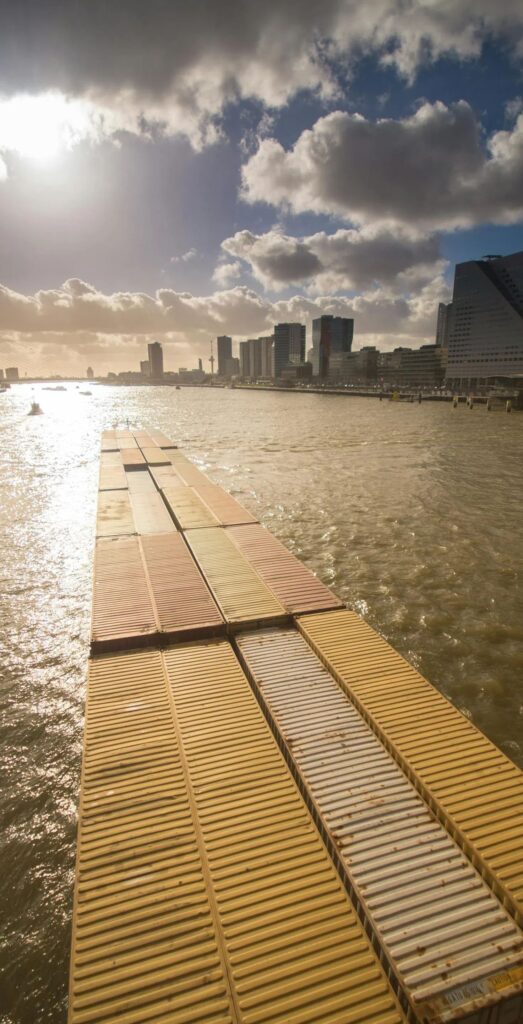
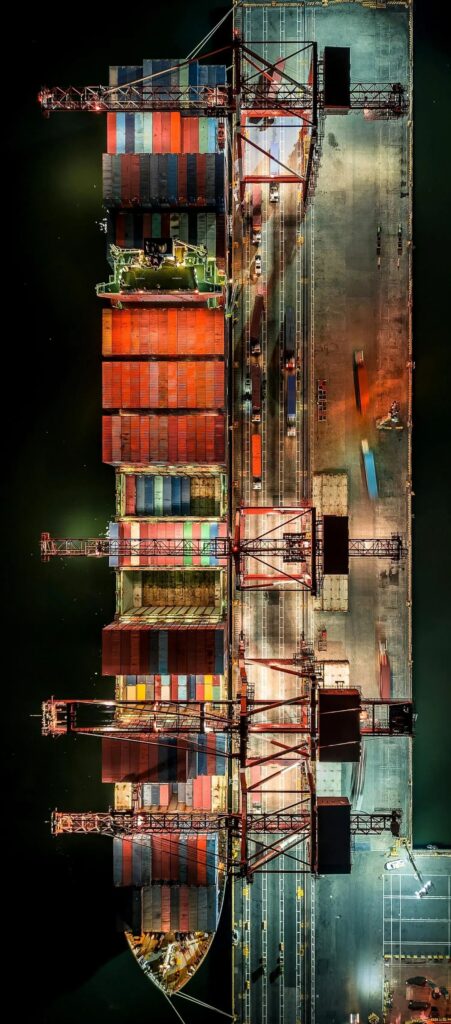
Considerations:
Legitimate Branded Products: The sea freight transportation cycle is rather long. Enterprises should fully factor in the product shelf life and market demand timeliness when opting for sea freight, and formulate sensible shipping plans to ensure the products can still meet market needs upon arrival.
At the same time, pay attention to safeguarding the goods during the voyage against damage from factors like bumps and humidity, and strengthen communication and cooperation with the shipping company to stay updated on the shipping status.
Unauthorized Products (Replica Category): Thanks to the relatively loose sea freight inspections, some people with a gambler’s mindset might choose sea freight to ship replica products. But once caught, they’ll also face issues like cargo seizure and penalties.
When transporting such products, try to keep a low profile, pick shipping companies with solid reputations and relatively lenient review,and pay closer attention to packaging and declaration to reduce the chances of attracting customs’ attention and always be on guard against potential risks.
Overview of the Transportation Process
Booking:
Based on the product characteristics, quantity, and time-sensitive demands, select airlines or shipping companies with sterling qualifications and good reputations.
If transporting legitimate authorized products, attach authorization, product particulars, certification, and other relevant documents when submitting the booking application. If transporting unauthorized products (Replica category), opt for carriers with relatively lax review and conceal obvious brand-related identifiers when making the booking. Declare them as ordinary cargo and submit basic transportation documents to curtail booking risks.
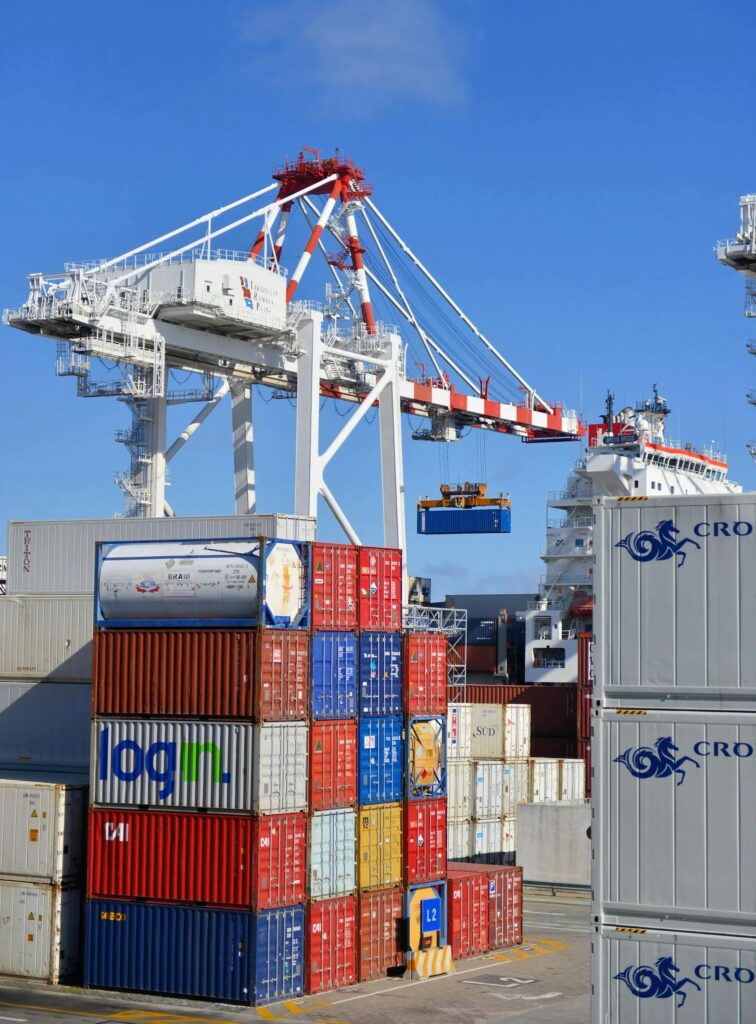
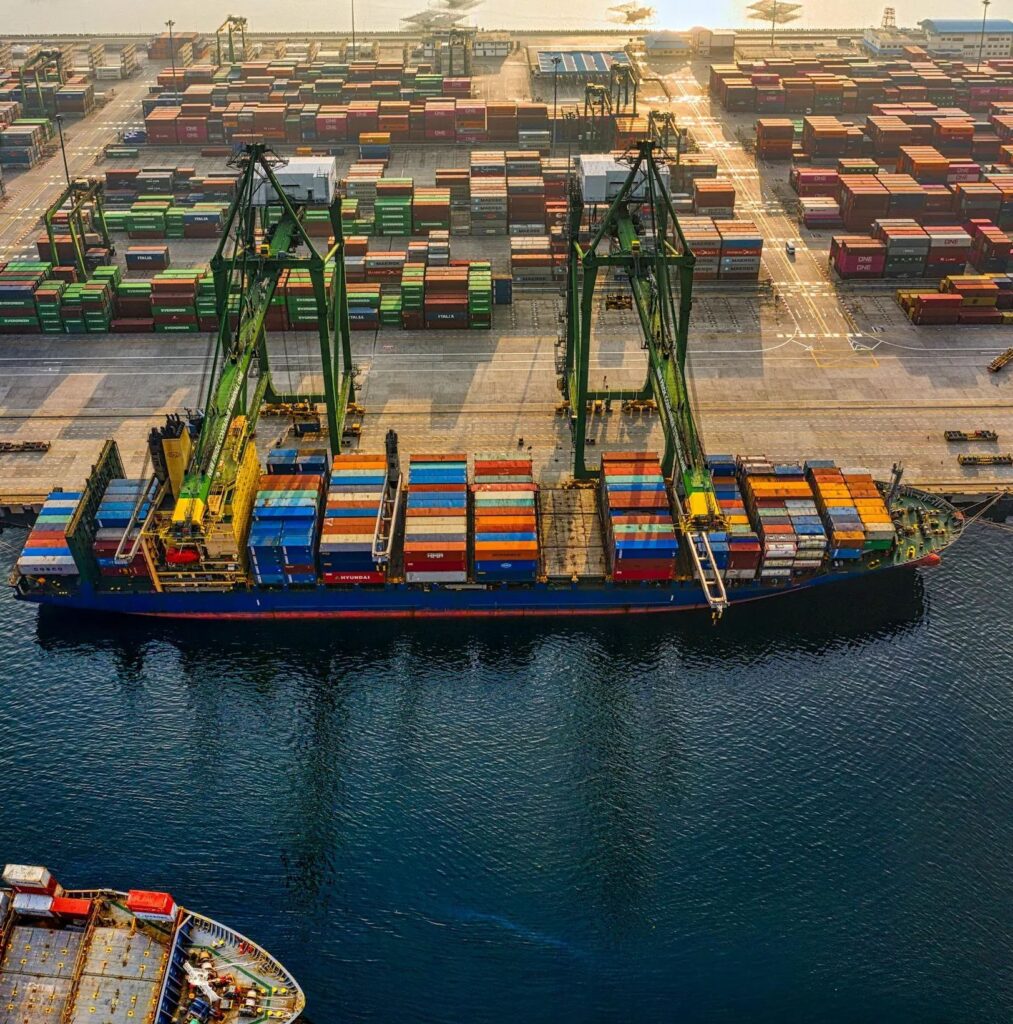
Packaging Inspection:
Design the packaging in line with the standards of the corresponding transportation mode, using shockproof, moisture-proof, and other materials for protection. For high-value or fragile items, consider purchasing transportation insurance. If necessary, engage professional agencies to inspect the packaging. For unauthorized products, conduct self-inspections to guarantee the integrity and concealment of the packaging, ensuring no brand identifiers are visible to prevent triggering inspections due to packaging glitches.
Customs Declaration and Inspection:
At the place of departure, if transporting authorized products, truthfully declare cargo information as per the requirements of local customs and commodity inspection authorities, and submit commercial invoices, packing lists, certificates of origin, authorization letters, and product certification reports, and cooperate with inspections.
If transporting unauthorized products, simplify the customs declaration and inspection documents, avoid mentioning brand-sensitive details, make vague declarations of product details, and attempt to exploit loopholes in customs supervision to get through. However, this behavior is risky and calls for caution. Also, make advance preparations for import customs clearance at the destination.

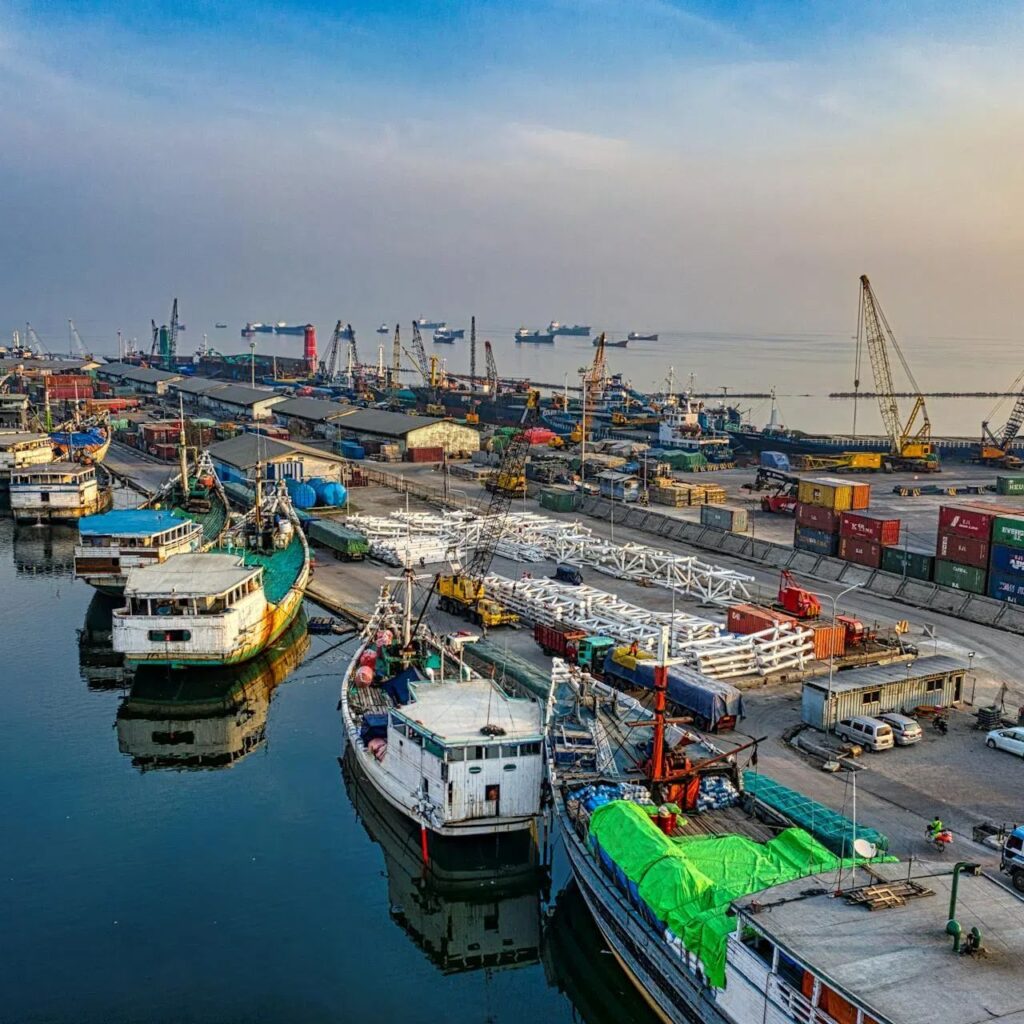
Transportation Execution:
Choose the transportation mode and dispatch the goods. For air freight, keep a close eye on flight schedules. For sea freight, monitor the ship’s course. Maintain close contact with the carrier and jointly handle unforeseen situations. When transporting unauthorized products, keep a low profile during the journey to avoid drawing attention. If inspected, be prepared to respond flexibly and offer plausible explanations to secure smooth passage.
Delivery and Sign-off:
After the goods reach the destination, the consignee should check against relevant documents for acceptance. If everything is in order, sign for receipt. If there are any problems, communicate and negotiate promptly to find suitable solutions. If it is an unauthorized product, the consignee should quickly and quietly inspect the goods, avoid exposing brand-related traits. Once problems are discovered, privately communicate with the shipper to resolve them to prevent the expansion of disputes.
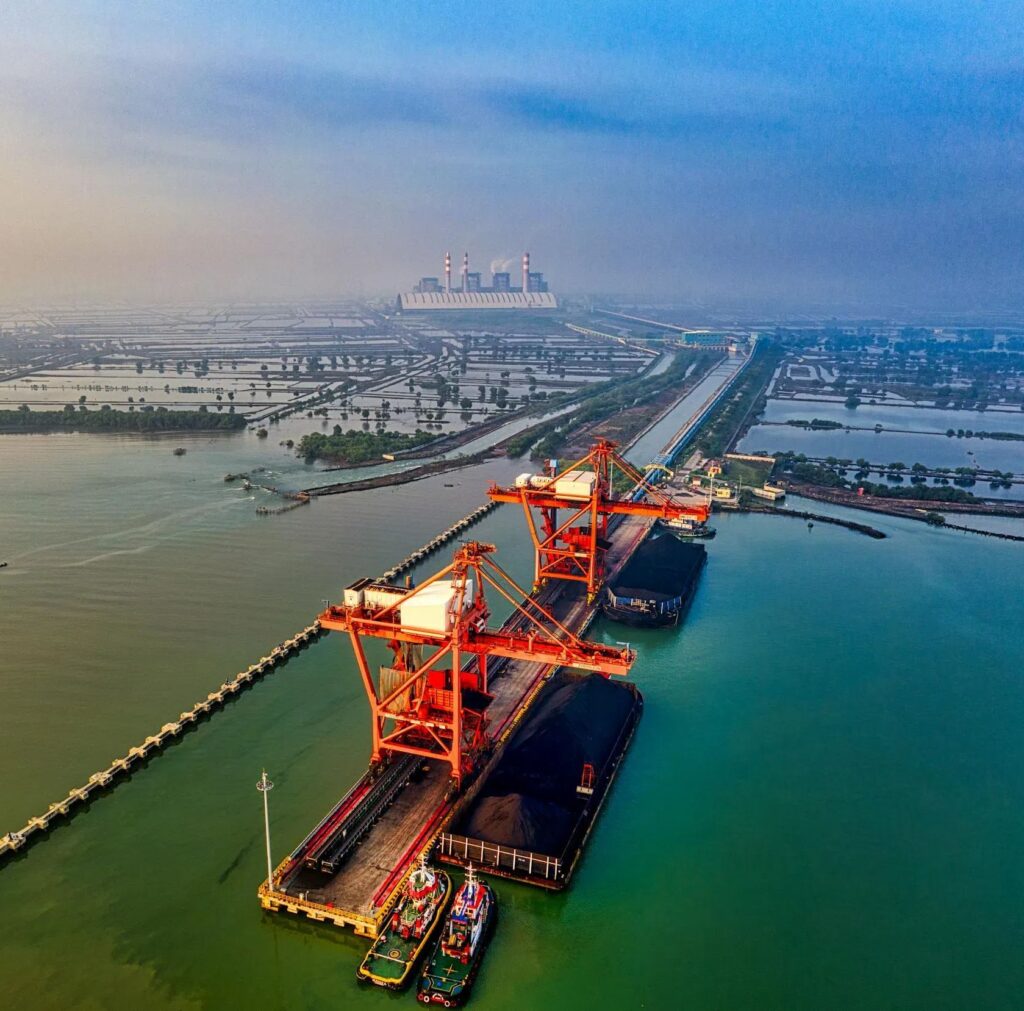
It’s important to highlight that regardless of whether the transported products have brand authorization or not, there are numerous lurking risks in international logistics transportation. For authorized products, any slip-ups in the authorization or certification process can easily lead to cargo detention at customs, delaying business opportunities, and subsequent claims and dispute resolutions are often time-consuming and laborious. For unauthorized products, the risks are even graver. Once discovered and verified by customs or law enforcement agencies, the goods will be seized and destroyed, posing significant obstacles to logistics transportation. Therefore, during transportation, every step must be treated with the utmost caution to minimize risks.

Replica brand freight special line
Overcome challenges, overcome risks, and operate professionally!
Click on the link below to contact us





